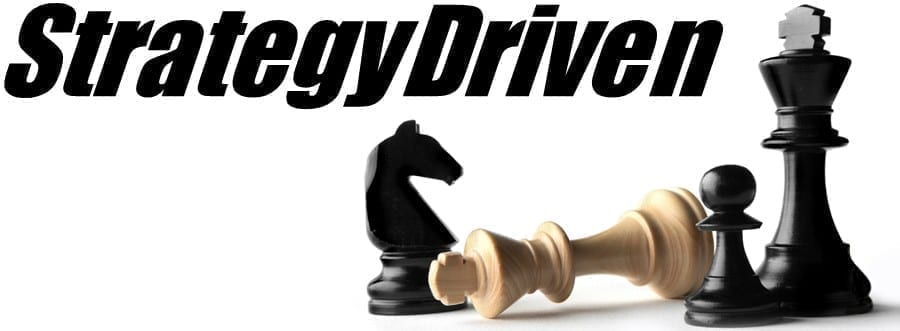IT Expenditure: What Should a Realistic IT Budget Look Like in 2020?

That being the case, it’s not uncommon to see much of a business’s finances go directly into making sure their IT services continue to run smoothly. But how much do you really need to be spending on an IT budget – and how much are you already spending?
There are limits to how much you should be putting out for the services you receive. This article goes in-depth with how your 2020 budget should look like for your IT software and troubleshooting needs, so you won’t spend any more than necessary. Read on to find out more!
Your IT Budget Will Increase Most at the Beginning of the Year
New year, new you – and new business. Your company is bound to shape up and adopt the “out with the old, in with the new” rhetoric. That most likely also means you’ll be getting rid of old hardware and software and investing in new tech.
Of course, this is bound to bring up the IT bill initially, as the purchasing and the installation of new equipment will be added to the tab. In most cases, however, it will pay for itself in the long run, so the initial purchase shouldn’t be seen as something scary.
Streamlined Operations Will Save You Money
As technology gets better, it becomes easier to use the software to our advantage. These streamline operations will allow you to not only better serve your customers, but will save you money as well.
There will be minimal confusion on what you need to conduct B2B and B2C interactions as well as in-house operations, and the lack of complexity will free up the IT department from working on the small stuff and allow them to focus on what really matters.
Internet Is Faster at Relatively the Same Price
Businesses need internet, and it’s good to know that each year companies are able to make their services faster. It’s even better to know that, due to competition, the internet is still being sold at the same price – or in some cases, even less.
This is good news for you as that means you get better services without the higher price, allowing you to place the money you’ve saved onto other important aspects of your business.
To make sure you stay up to date on how much you’re spending on IT needs, you’ll want to use an organizational tool such as a NetSuite price cheatsheet to make sure you know where every penny goes!
Stay Driven. Be Successful
You know what you should be spending on your IT budget for your computer needs, so now you’ll be able to watch your money flow and still get things done. But that’s only the beginning of what you need to know to help your business succeed.
At StrategyDriven, we help focused and goal-oriented business owners like yourself take on the competition and succeed in their field. We offer help from all angles, including formatting and executing business strategies, management and organizational programs, and more.
Ready to get started? Click on any of the tabs on our site to learn more about what we have to offer you. We’re sure that we can help your company to win!

 StrategyDriven Enterprises, LLC
StrategyDriven Enterprises, LLC




 Hank Moore has advised 5,000+ client organizations worldwide (including 100 of the Fortune 500, public sector agencies, small businesses and non-profit organizations). He has advised two U.S. Presidents and spoke at five Economic Summits. He guides companies through growth strategies, visioning, strategic planning, executive leadership development, Futurism and Big Picture issues which profoundly affect the business climate. He conducts company evaluations, creates the big ideas and anchors the enterprise to its next tier. The Business Tree™ is his trademarked approach to growing, strengthening and evolving business, while mastering change. To read Hank’s complete biography,
Hank Moore has advised 5,000+ client organizations worldwide (including 100 of the Fortune 500, public sector agencies, small businesses and non-profit organizations). He has advised two U.S. Presidents and spoke at five Economic Summits. He guides companies through growth strategies, visioning, strategic planning, executive leadership development, Futurism and Big Picture issues which profoundly affect the business climate. He conducts company evaluations, creates the big ideas and anchors the enterprise to its next tier. The Business Tree™ is his trademarked approach to growing, strengthening and evolving business, while mastering change. To read Hank’s complete biography,